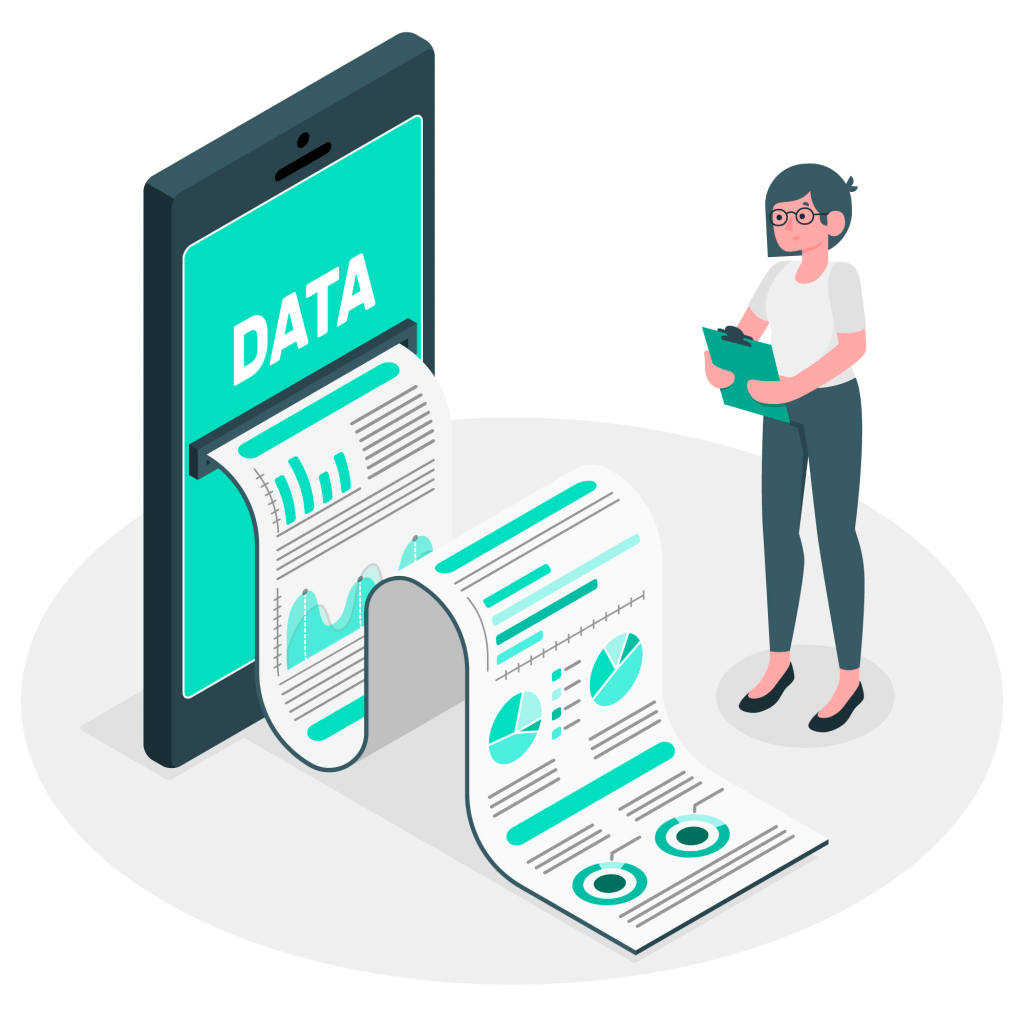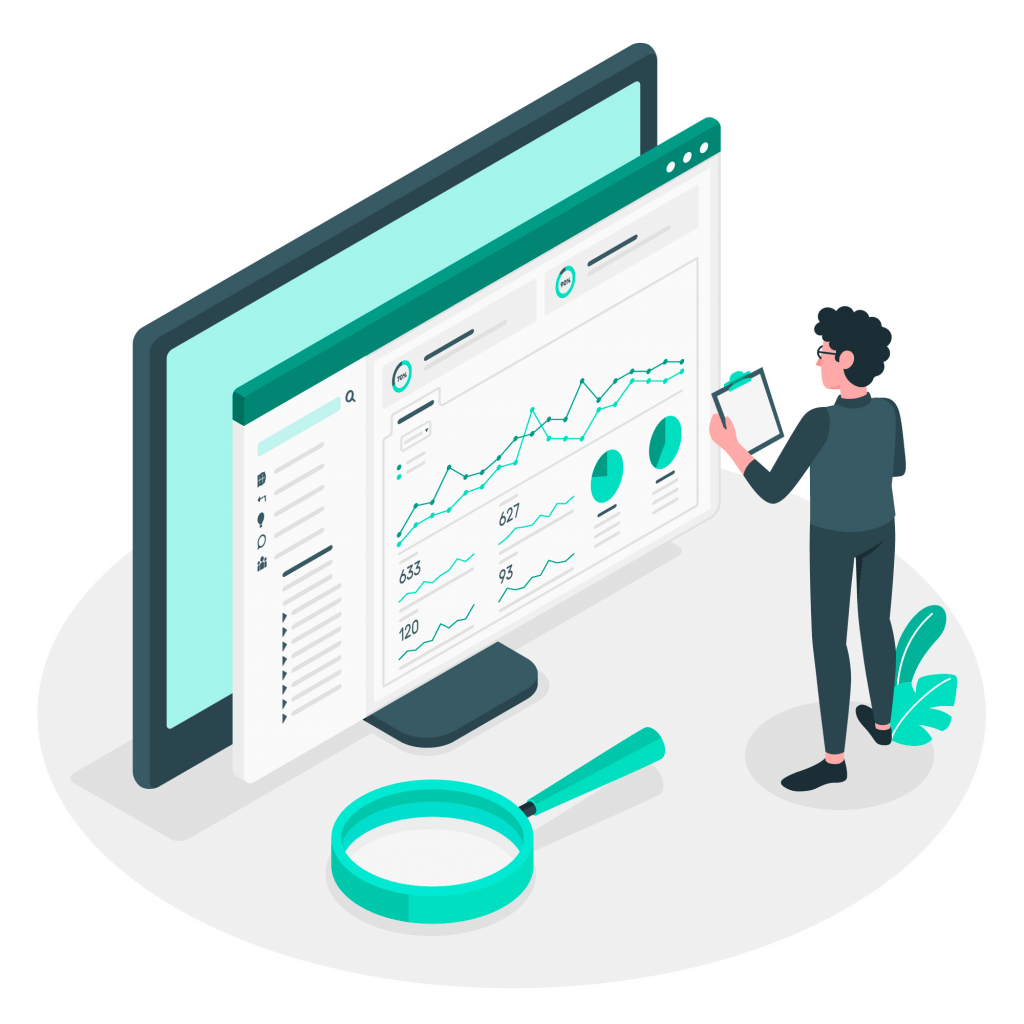Three years have passed, yet various businesses and organizations still struggle to measure Customer Experience. Fortunately, Customer Journey Analytics can now spare you from the tiring process of manually analyzing Customer Experience.
Companies like banks, telecom, and health insurance organizations considered data and organizational silos their primary barriers. They are constantly inundated with massive amounts of data from millions of customers and clients.
What is Customer Journey Analytics?
Customer Journey Analytics refers to the Science of analyzing Customer Behavior over touchpoints. Then, they measure the effects of Customer Behavior on business outcomes. Furthermore, it’s used to understand the impact of every customer transaction.
Google Analytics Data Collection gathers various customer data. But, Customer Analytics focuses more on customers’ behavior, particularly their interactions with your brand.
It’s essential to achieve a successful Customer Journey management program. Moreover, it enables businesses to analyze massive amounts of data. Thus, it generates actionable insights to optimize the Customer Journey. Also, analytics constantly measure the performance of Customer Experience (CX) initiatives.

Before the CX Analytics process comes into the picture, you start with a Customer Journey Map. This map documents every stage of the relationship between customers and brands. You usually see it in the form of a:
- graph;
- flow chart; or
- any other visual aid.
Customer Journey Analytics Effects on Overall Customer Experience
Customer Journey Analytics has changed the game. It takes your efforts a step further in analyzing your every interaction with a customer and how it affects their decision-making. It includes the following analysis:
- Emotional highs and lows;
- Every customer’s needs;
- A key metric in every step of the journey; and
- Survey results such as customer satisfaction scores and customer effort scores.
Furthermore, Customer Analytics allows you to identify the sources of friction that stop customers from reaching their goals. Constantly checking omnichannel behavior enables you to determine issues. These issues may affect both Customer Experience and business results. By providing Analytics on Customer Experience, business owners can;
- Identify the best and practical ways to resolve issues between the company and customers;
- Detect new problems in time; and
- Prioritize enhancements based on the possible effects on business goals and CX.
Let’s say you don’t have analytics to learn what works and doesn’t. As a result, managing actions within particular journeys will lead to a spray-and-pray approach.
An effective method to achieve success is to optimize each customer journey. It’s even better when your efforts are established from each customer’s overall experience with your brand.
The Benefits of Customer Journey Analytics
Analytics on the Customer Journey gives your company complete real-time insights into Customer Behavior. Such behavior is vital for providing customers with an outstanding experience. In addition, a company can gain plenty of benefits from Customer Behavior, including the following:
Your Company Becomes More Customer-Centric
53% of consumers stated to switch to a brand’s competitor once they have one bad experience. Knowing your audience well allows your brand to become a more customer-centric organization. Furthermore, it lets you evaluate your customers, activities, thoughts, expectations, and feelings. Aside from that, it helps you determine the following:

- what your customers like and dislike;
- how you make them through your buying pattern;
- how can you meet and satisfy your customer’s needs; and
- what can you do to make them continue to love your brand.
It Maximizes Your Company’s ROI
Brands that provide excellent CX increased ROI by 4% to 8% more than competitors. Moreover, Analytics on the Customer Journey makes it achievable to understand better:
- How does your audience connect with your brand?
- When alterations were made to the customer journey, how did their behavior change?
- Lastly, how are your product metrics affected by your customer’s behavior change?
In addition, analytics platforms allow you to ultimately connect data from online and offline sources to measure journeys. Thus, it helps you see the bigger picture. For example, you can ask yourself which channels and messaging work best when enticing valuable audience members. Therefore, you can convert them into a loyal customer base. You can set up your marketing budget and prioritize initiatives that bring higher ROI.

It Makes Journey Analytics Simple
The primary purpose of Customer Analytics is to make the process of analyzing journeys uncomplicated. It allows people without comprehensive Data Science skills to utilize analytics platforms without programming or Web Analytics knowledge. Moreover, it makes accessing data more efficient than retrieving it from a standard data warehouse.
In addition, the visualization options available simplify the process of distinguishing trends and patterns and concluding customers.
Abolishing Hurdles and Enhances Customer Journey
Customer Journey Analytics allow you to trace various trends. Also, you can zoom in on each journey to discover how customers interact with your brand. Thus, it’ll help uncover and remove any challenges your customer faces.
Moreover, collected customer data can enhance customer support. So you can help customers, whether through personalized training or practical self-guides.
Refine Tracked Metrics and Enhance Business Strategy
With Customer Analytics, obtaining detailed data about channel performance becomes more straightforward. Thus, it also helps you evaluate which channels work better than others. Through it, you can also gather information like:
- the channels that perform best in creating engagement and generating sales;
- determining which customer paths result in churn;
- what’s the outstanding moment to engage with customers in their journey; and
- the journey that various audiences take.
Customer Data Collection will allow you to review metrics. Then, you can focus on the things that have significantly affected your bottom line and adjust your Marketing Strategy as needed.
Minimizing Customer Churn
Of course, Customer Analytics identifies Customer Behavior based on past actions. However, it also finds customers on the verge of leaving the product or website. Thus, you can take immediate measures to retain at-risk customers.
Furthermore, after knowing the list of at-risk customers, you can use it to create personalized interactions with them. For instance, you can plant positivity to them towards the brand to change their minds about leaving. As a result, 58% of organizations found customer retention significantly increased due to using Customer Analytics.

Final Thoughts
A deeper understanding of Customer Behavior enables you to appreciate the ROI of your actions. It also enhances Customer Experience, which delivers excellent results. Thus, Customer Journey Analytics has made measuring and monitoring real-world customer paths. Therefore, you can improve CX and achieve outstanding business results.
With feedback from various areas of your business, you’ll be able to create an actionable plan. Naturally, it’ll have positive, tangible effects on your business outcomes and CX.

